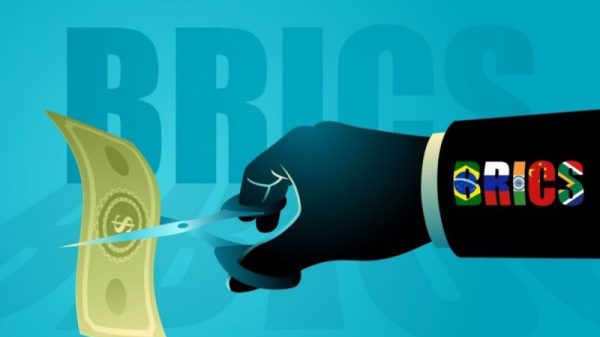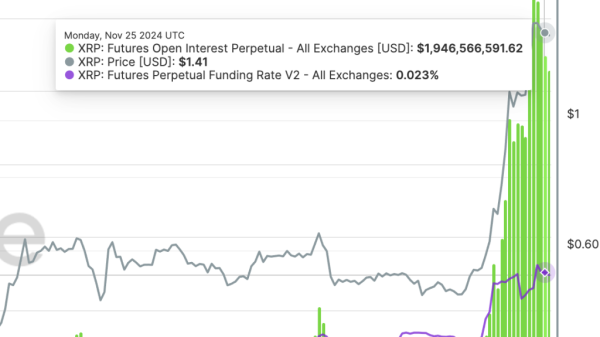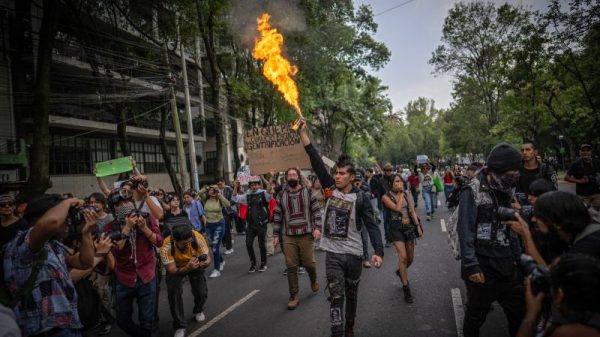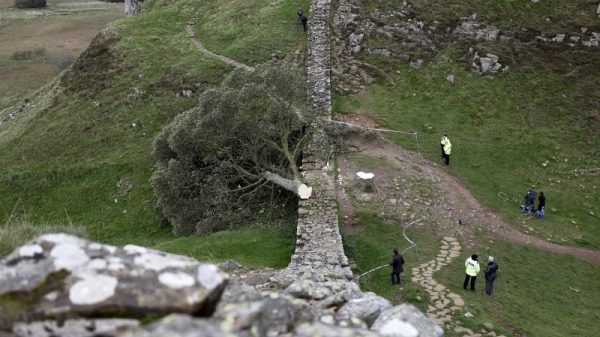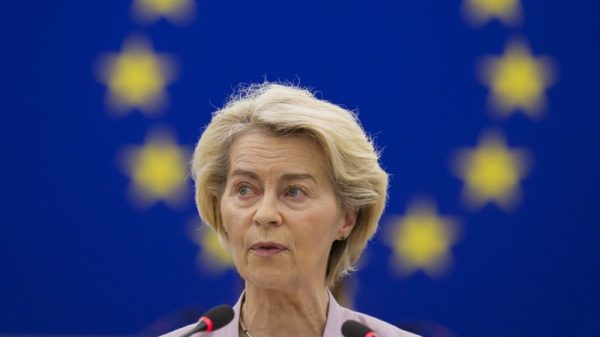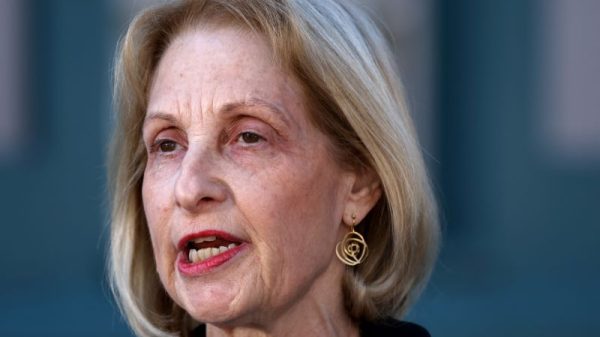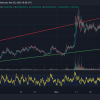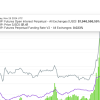Understanding Forex Trading: From Barter to Blockchain
The history of foreign exchange, commonly known as forex trading, has been an intriguing journey that traverses from the rudimentary barter trade to the sophisticated blockchain technology used today.
The trading panorama was initially characterized by the barter system, which laid the primeval foundations of exchange. Thousands of years ago, our ancestors partook in this system, trading goods like furs for knives or food in a simple, direct exchange. Its simplicity was its beauty – you traded what you had in excess of for what you needed. However, a principal challenge was the lack of a common measure of value, leading to the introduction of currency.
Currency emerged as a concept approximately 2500 years ago, providing a crucial solution to the primary deficit of the barter trade. Instead of direct trade of goods, a universally accepted system was implemented where goods were exchanged for a piece of metal, deemed to hold a certain value. Little did the creators know that this would herald the dawn of forex trading.
Transitioning into the middle ages, the creation of money notes — a form of currency that promised to pay the bearer a fixed amount of gold — opened up an entirely new chapter. Bankers in the Italian states began giving out these notes to depositors who did not want to carry gold, which led to the establishment of modern banking systems.
The establishment of the gold standard in the 19th century further revolutionized foreign exchange. Essentially, all world currencies were pegged to gold, maintaining a fixed exchange rate among various currencies. However, due to the challenges of managing gold reserves to support the volume of money in circulation, this system eventually collapsed in the early 20th century.
Subsequent to the gold standard came the Brenton Woods System conceived in 1944, which led to the birth of a new currency pegging system. This time, currencies were pegged to the US dollar, which in turn was tied to gold. The US dollar became the universal currency against which all other currencies were valued. While the Bretton Woods system ended in 1971, the practice of comparing other currencies to the US dollar still remains prevalent.
Subsequent evolutions in the financial industry led to the inception of the information age, where technology has taken a prime seat in shaping forex trading. Trading platforms adopted electronic systems for buying and selling currencies, reducing inefficiencies in trade execution and providing access to real-time market data.
As we stand intro the 21st century, we are observing an unprecedented form of trading evolution: the Blockchain technology. This distributed, decentralized public ledger technology championed by cryptocurrencies is poised to make significant alterations to the forex market. Through the enhanced security, transparency, and speed of transactions, blockchain may usher in a new epoch in foreign exchange and finance at large.
The journey of forex trading from barter trade to blockchain illuminates a testament of relentless human ingenuity and the ceaseless quest for efficiency in the financial landscape. Only time can tell what the future holds, but for now, the blending of two broad stroke, divergent sectors – finance and technology – are shaping a vibrant, exciting future that we can all look forward to.



